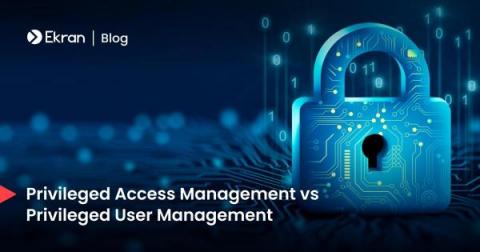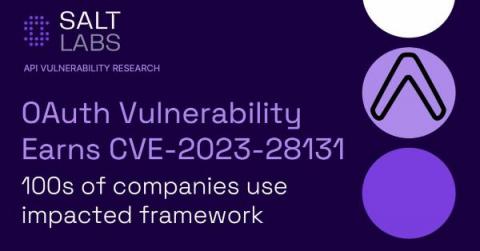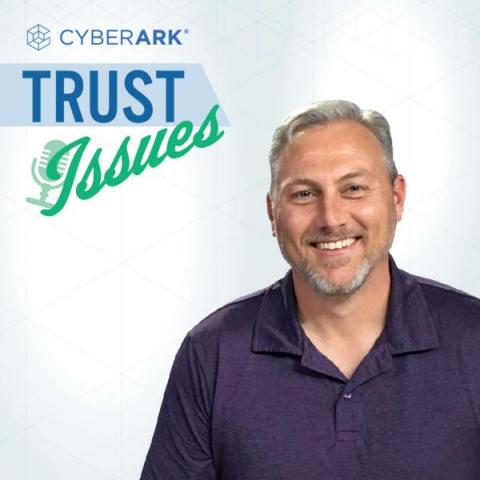Addressing the talent shortage with a unified security approach
The need for skilled cybersecurity personnel is having an impact on companies’ ability to stay secure. Despite the global cybersecurity workforce growing to 4.7 million in 2022, reaching record levels, according to data from the (ISC)2 2022 workforce study, there’s still a need for more than 3.4 million security professionals, an increase of 26% over 2021.









